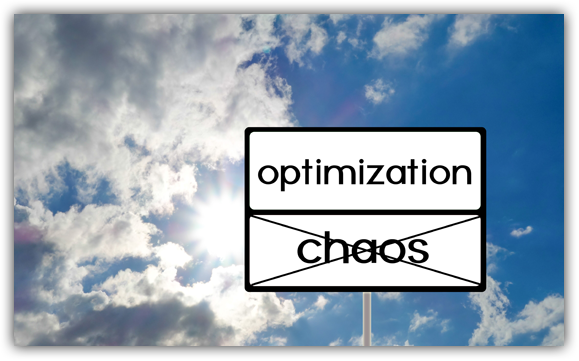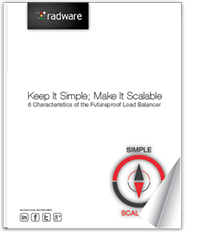The Cloud Can Optimize Your Applications
I do a lot of my purchases through online and physical ‘superstores’ that provide a one-stop shopping experience. I do this because I am confident that they have what I want, when I want it. It is convenient to know that I can always have access to the items that I need without having to resort to an involved search and discovery process. An interesting side effect of this process was that the purchasing and delivery of my items became more efficient. There are processes and components that can be streamlined based on the ‘superstore’ model through unified shopping carts, consistent interfaces, and other functions.

Once involved, do more
In the world of cloud computing, I state that the concept of the cloud makes my applications and data available anytime and anywhere. Like my shopping experiences, the cloud has the potential to optimize the delivery of my applications and data. The cloud architecture usually relies on technologies and mechanisms to deliver an agile and elastic application delivery infrastructure. This means that the cloud has the opportunity optimize the content by tweaking how the application and data are delivered to maximize the user quality of experience (QoE) by making the experience faster and richer.
For web content, which is really the majority of content on the Internet, the content can be optimized based on many different parameters. The way the information is optimized is dependent on several factors based on each end user.
- Compress images with no visual degradation based on display resolution. It does not make sense to send a 5MB image to my phone or tablet which may only have a 5” display.
- Optimize content based on browser type and version. Internet Explorer, Firefox, Chrome, Opera, Edge, Safari, and other browsers all work slightly differently. It makes sense to optimize the content delivery for each browser type and version to provide a consistent and optimal user experience across all clients.
- Deliver content appropriate for the network connectivity. 3G connections, 4G LTE connections, and fixed line connections vary in throughput, latency, and ability to receive content to be displayed. For mobile connectivity, the bandwidth used often costs money. Optimizing the delivery of the content based on the connectivity makes sense.
- Code optimizations and reordering of objects can improve the user QoE. If we can load the components of the page that are relevant to rendering the site, this speeds the user interaction and improves QoE.
[You might also like: DevOps Brings the Cloud to Application Development]
Putting applications in the cloud or sending them through the cloud will improve the availability and accessibility of those applications and data. Perhaps more importantly, it is possible and beneficial to utilize the cloud services to enhance the delivery of the applications and data to provide an improved user experience beyond the simple act of connecting to their applications.




